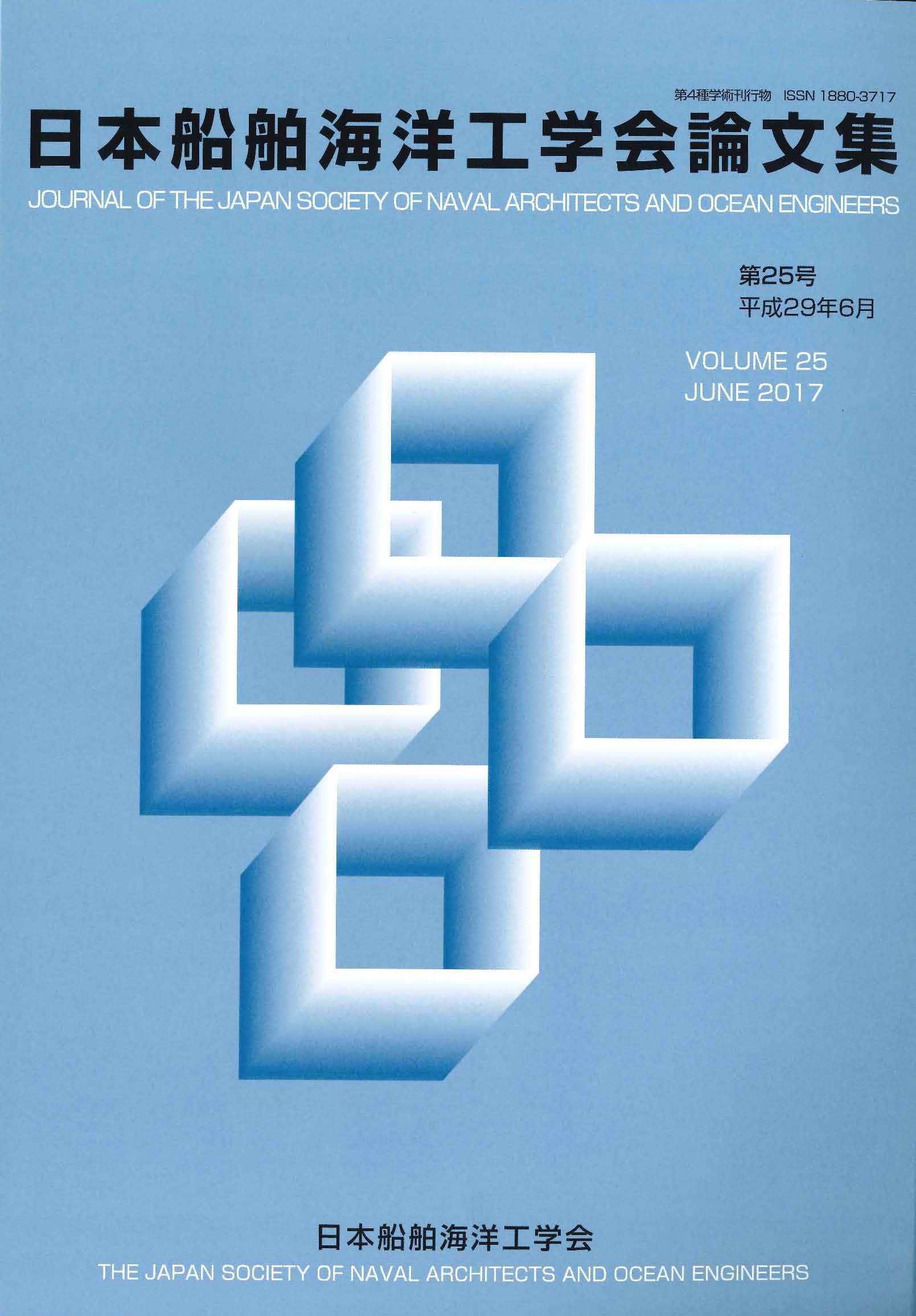Volume 35
Displaying 1-9 of 9 articles from this issue
- |<
- <
- 1
- >
- >|
-
2022 Volume 35 Pages 1-12
Published: 2022
Released on J-STAGE: September 07, 2022
Download PDF (2378K) -
2022 Volume 35 Pages 13-27
Published: 2022
Released on J-STAGE: September 07, 2022
Download PDF (2599K) -
2022 Volume 35 Pages 29-41
Published: 2022
Released on J-STAGE: September 07, 2022
Download PDF (1031K) -
2022 Volume 35 Pages 43-54
Published: 2022
Released on J-STAGE: September 07, 2022
Download PDF (1107K) -
2022 Volume 35 Pages 55-64
Published: 2022
Released on J-STAGE: September 07, 2022
Download PDF (1357K) -
2022 Volume 35 Pages 65-76
Published: 2022
Released on J-STAGE: September 07, 2022
Download PDF (1266K) -
2022 Volume 35 Pages 77-85
Published: 2022
Released on J-STAGE: September 07, 2022
Download PDF (1701K) -
2022 Volume 35 Pages 87-98
Published: 2022
Released on J-STAGE: September 07, 2022
Download PDF (2970K) -
2022 Volume 35 Pages 99-100
Published: 2022
Released on J-STAGE: September 07, 2022
Download PDF (433K)
- |<
- <
- 1
- >
- >|
